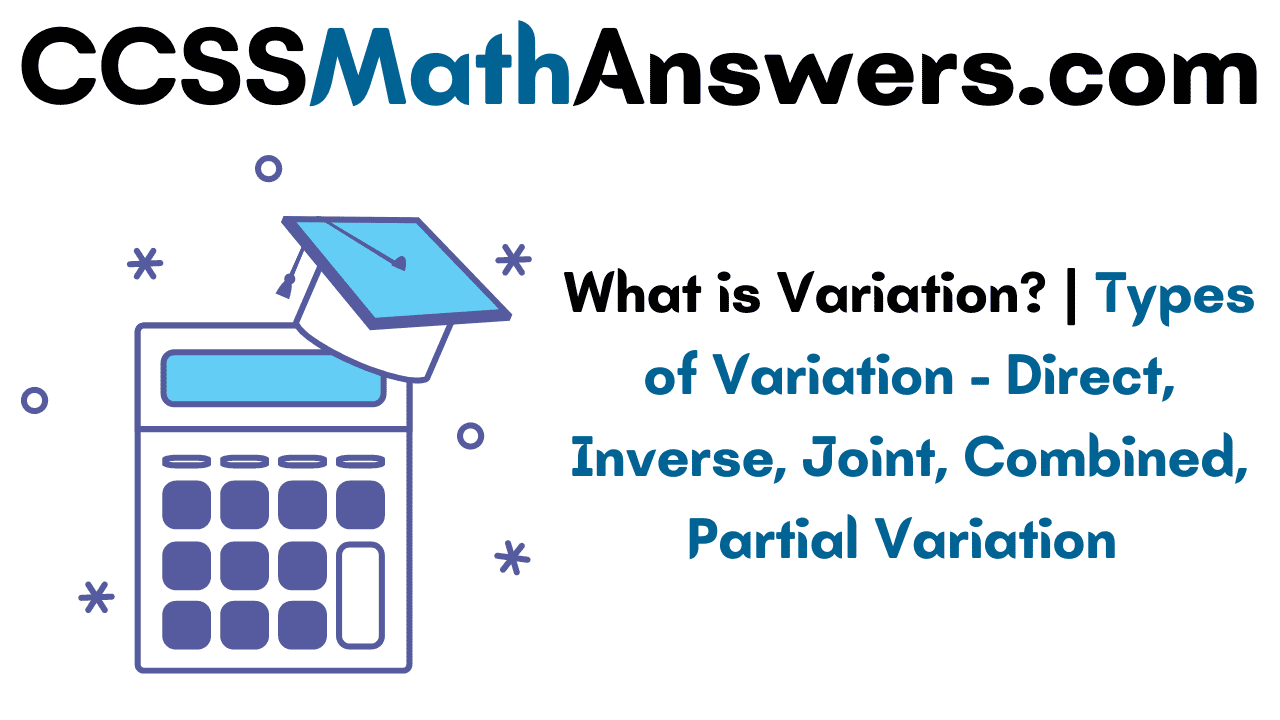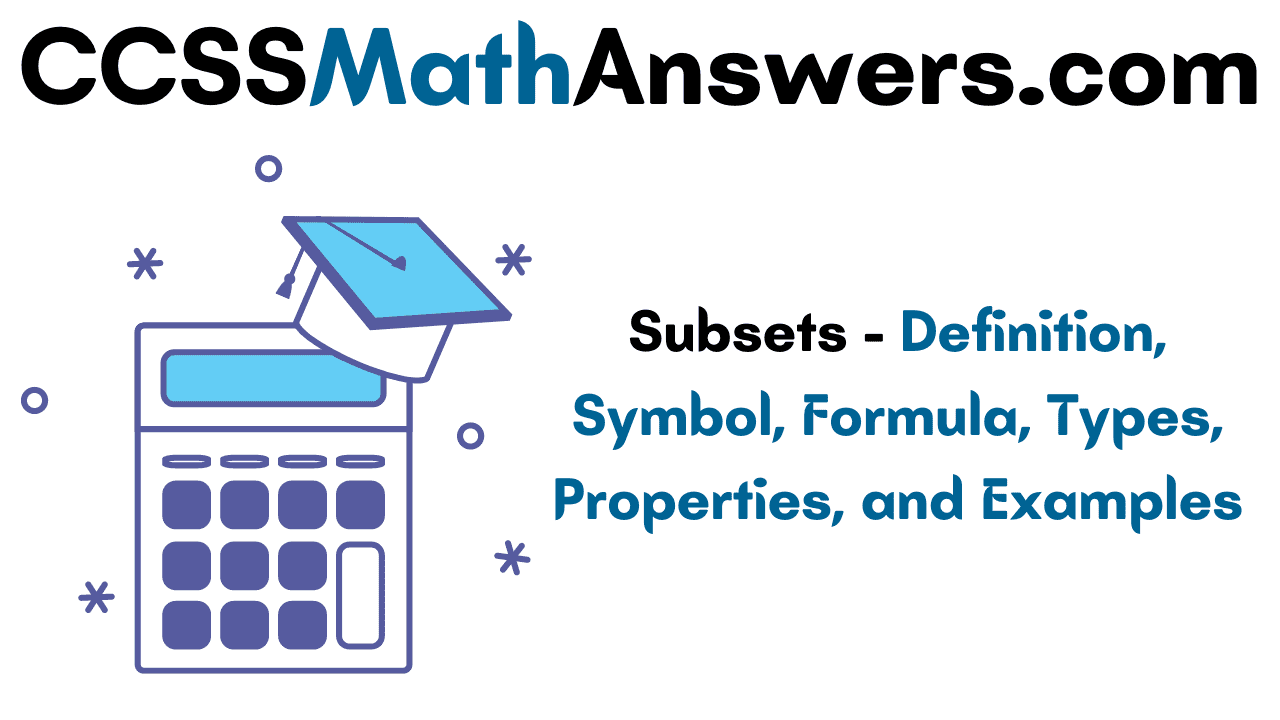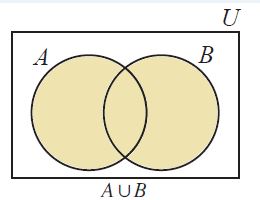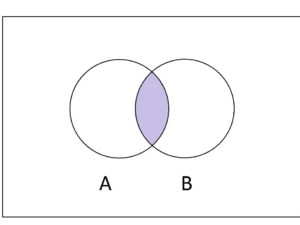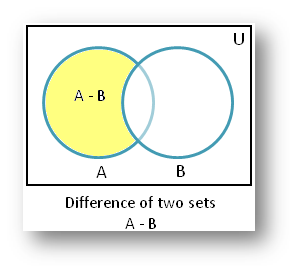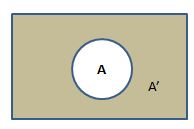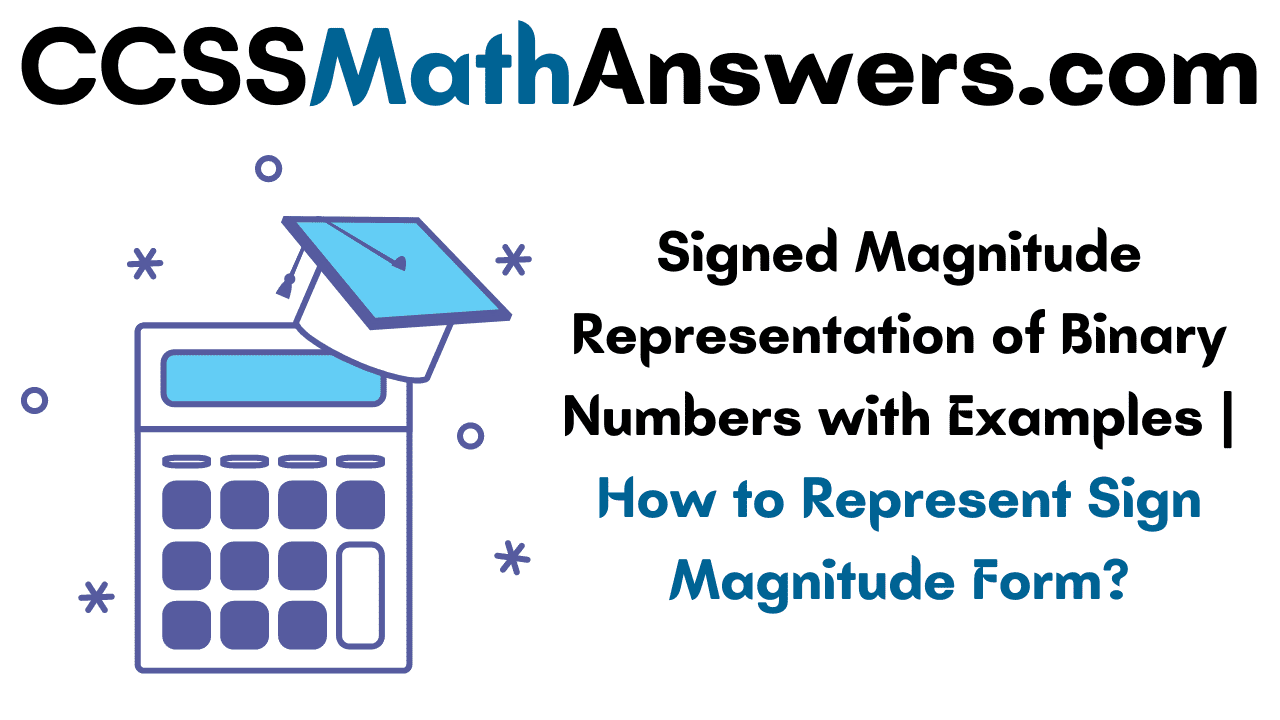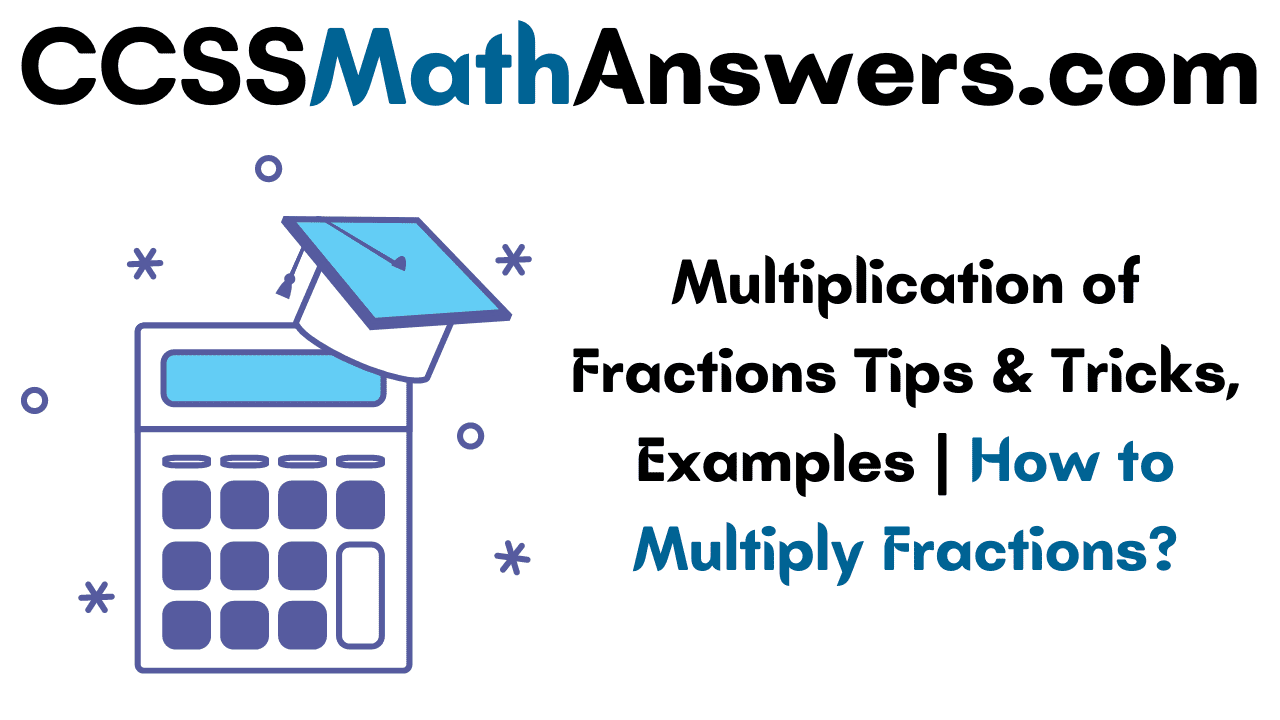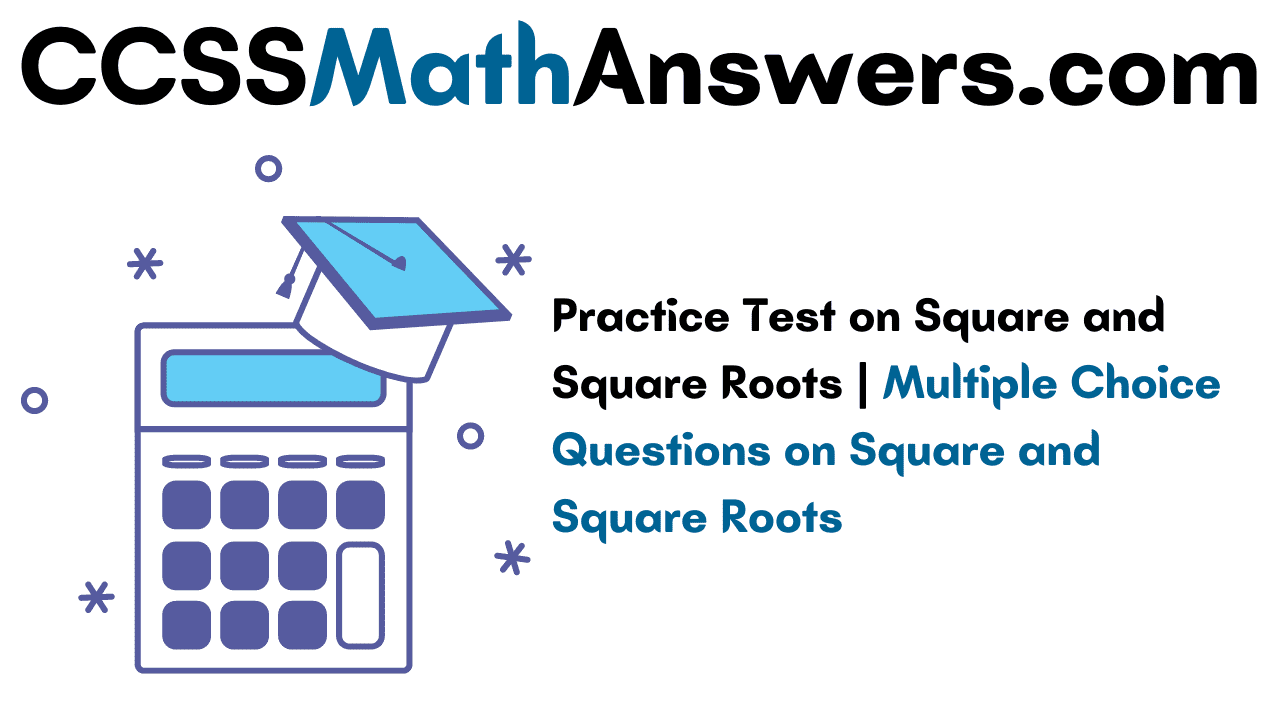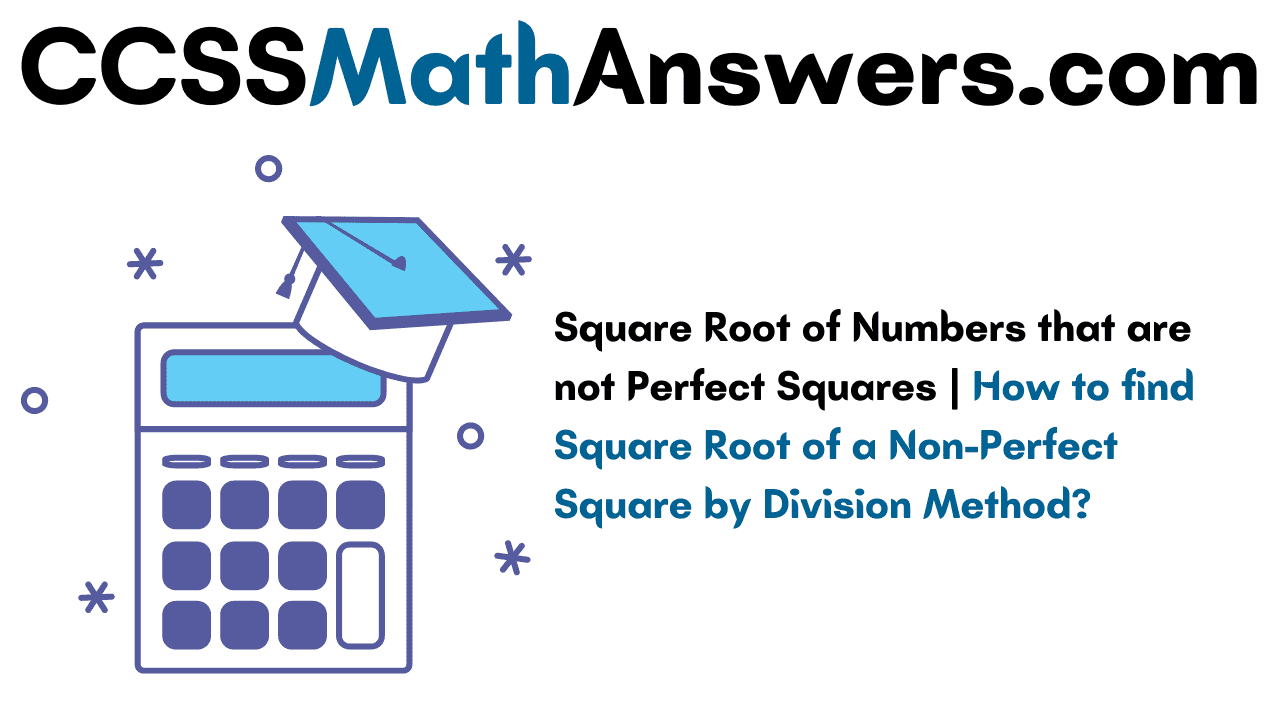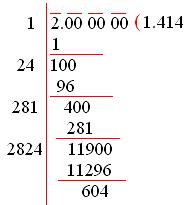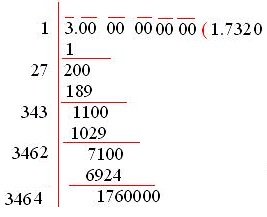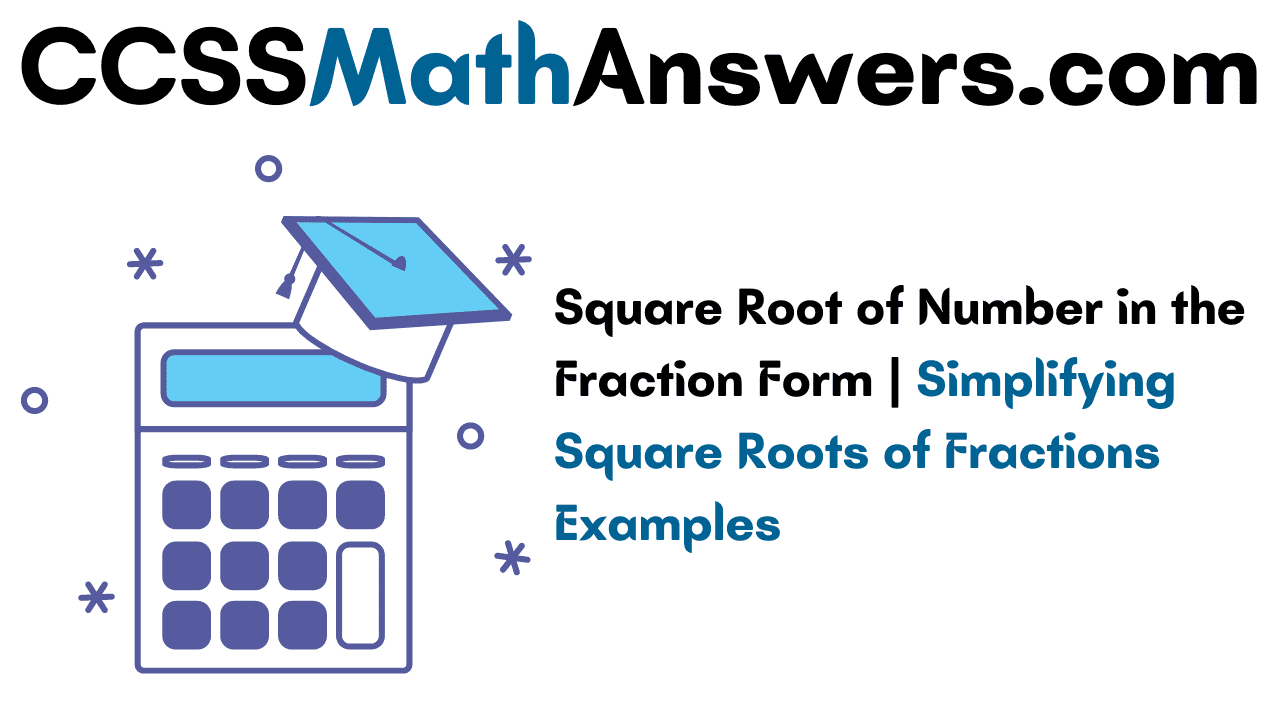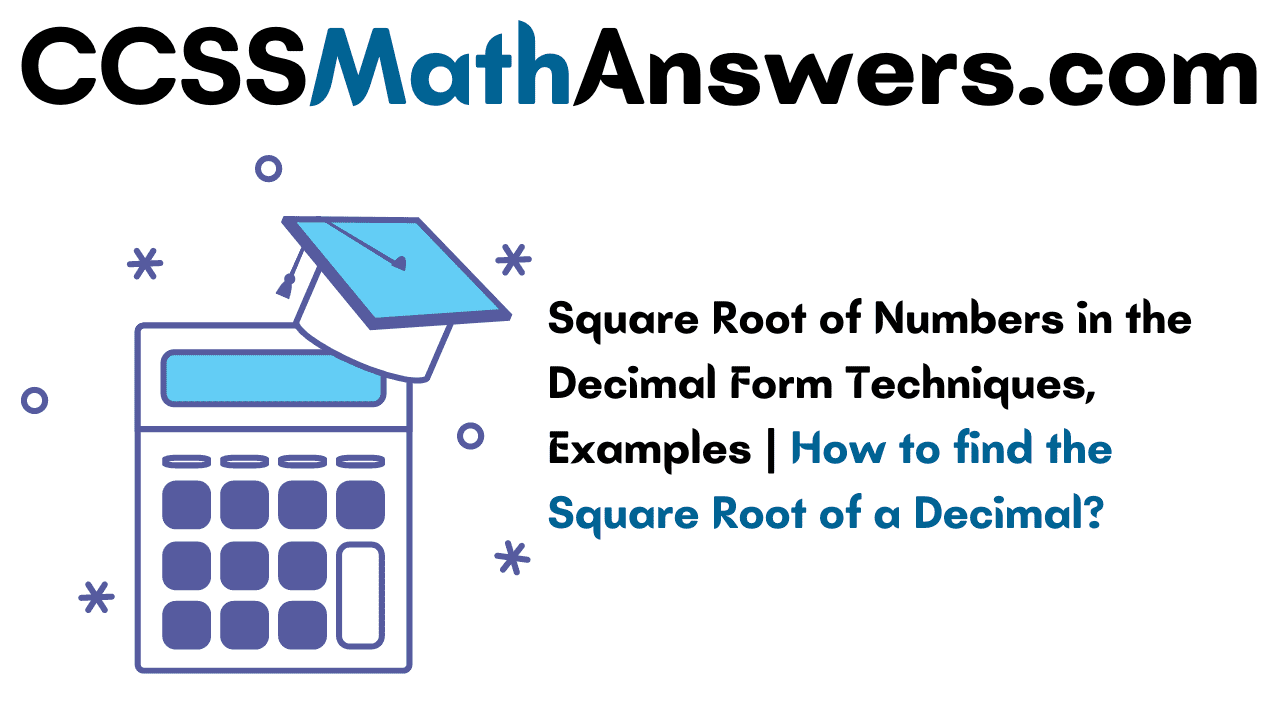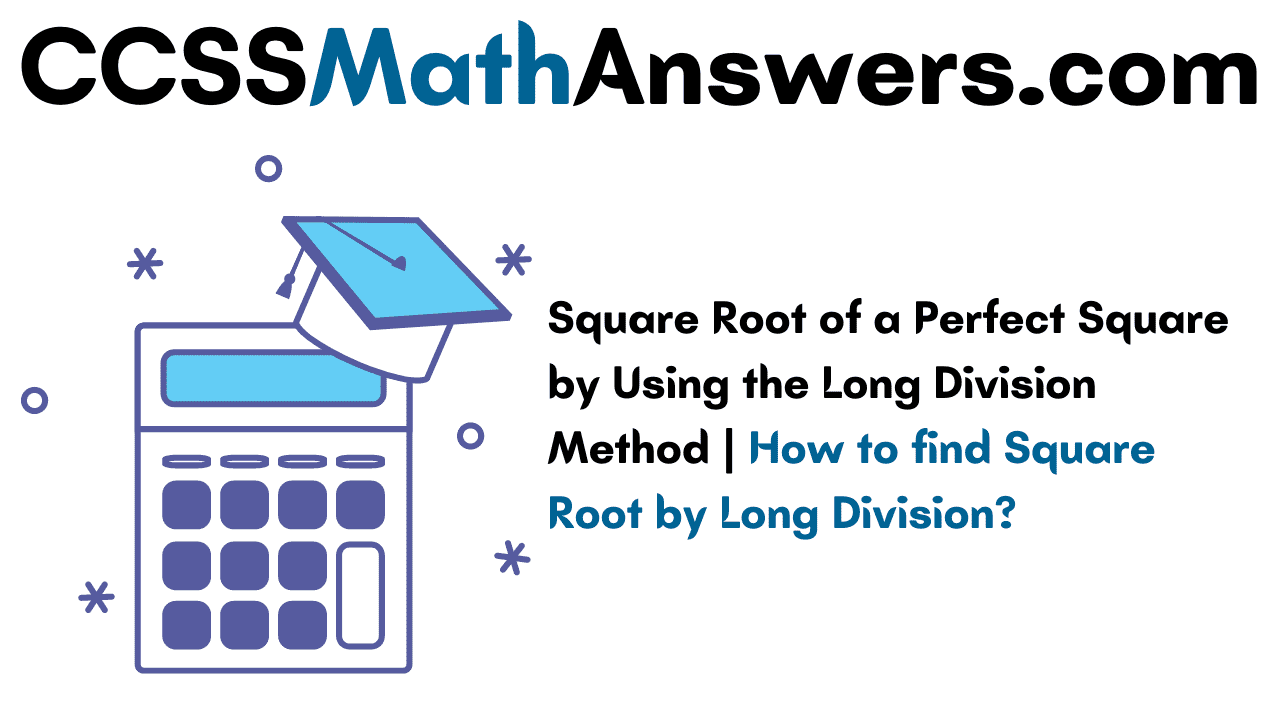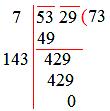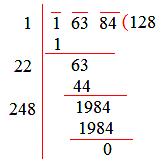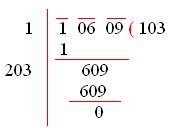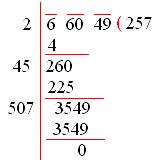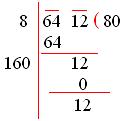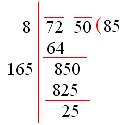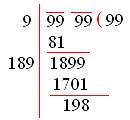Subsets fall under the mathematics concept Sets. A Set is a collection of objects or elements enclosed within curly braces {}. If Set A is a Collection of Odd Numbers and Set B includes { 1, 3, 5} then B is said to be a subset of A and is denoted by B⊆A whereas A is the Superset of B.
Elements of Set can be anything such as variables, constants, real numbers, whole numbers, etc. It can include a null set too at times. Learn about Subsets Definition, Symbol, Formula, Types, and Examples in the later modules.
What is a Subset?
Set A is said to be a subset of Set B if all the elements present in Set A are also present in Set B. In other words, we can say Set A is contained within Set B.
Example: If Set A has {a, b} and set B has {a, b, c}, then A is the subset of B because elements of A are also present in set B.
Subset Symbol
In Set theory, the Subset is denoted by the symbol ⊆ and is usually read as the Subset of. Using the symbol let us denote the subsets as follows
A ⊆ B; which denotes Set A is a subset of Set B.
Remember a Subset may include all the elements that are present in the Set.
Also, Read:
All Subsets of a Set
Subsets of any set consist of all possible sets including its elements and even null set. Let us provide you an example and provide the possible combinations of a set so that you can better understand.
Example:
What are the Subsets of Set A = {5, 6, 7, 8}?
Solution:
Given Set A = {5, 6, 7, 8}
Subsets include
{}
{5}, {6}, {7}, {8},
{5,6}, {5, 7}, {5,8}, {6,7},{6,8}, {7,8},
{5,6,7}, {6,7,8}, {5,7,8}, {5,6,8}
{5,6,7,8}
Types of Subsets
Subsets are Classified into two types namely
- Proper subsets
- Improper subsets
Proper Subsets: Proper Set includes only a few elements of the original set.
Improper Subsets: Improper Set includes all the elements of the original set along with the null set.
Example:
If set A = { 4, 6, 8}, then,
Number of subsets: {4}, {6}, {8}, {4,6}, {6,8}, {4,8}, {4,6,8} and Φ or {}.
Proper Subsets: {}, {4}, {6}, {8}, {4,6}, {6,8}, {4,8}
Improper Subset: {4,6,8}
There is no proper formula to find how many subsets are there. You just need to write each one of them and distinguish whether it is a proper subset or improper subset.
What are Proper Subsets?
Set A is said to be a Proper Subset of Set B if Set B has at least one element that doesn’t exist in Set A.
Example: If Set A has elements as {4, 6} and set B has elements as {4, 6, 16}, then Set A is the Proper Subset of B because 16 is not present in the set A.
Proper Subset Symbol
A Proper Subset is represented by the symbol ⊂ and is read as “Proper Subset of”. Using this symbol we can denote the Proper Subset for Set A and Set B as A ⊂ B.
Proper Subset Formula
If we have to pick the “n” number of elements from a set containing the “N” number of elements you can do so in NCn number of ways.
How many Subsets and Proper Subsets does a Set have?
If a Set has “n” elements then there are 2n subsets for the given set and there are 2n -1 proper subsets for the given set.
Consider an example, If set X has the elements, X = {x, y}, then the proper subset of the given subset are { }, {x}, and {y}.
Here, the number of elements in the set is 2.
We know that the formula to calculate the number of proper subsets is 2n – 1.
= 22 – 1
= 4 – 1
= 3
Thus, the number of proper subset for the given set is 3 ({ }, {x}, {y}).
What are Improper Subsets?
A Subset that contains all the elements of the original set are called Improper Sets. It is represented using the symbol ⊆.
Set A ={1,2,3} Then, the subsets of A are;
{}, {1}, {2}, {3}, {1,2}, {2,3}, {1,3} and {1,2,3}.
Where, {}, {1}, {2}, {3}, {1,2}, {2,3}, {1,3} are the proper subsets and {1,2,3} is the improper subsets. Therefore, we can write {1,2,3} ⊆ A.
Note: Empty Set is an Improper Subset of itself and is a Proper Subset of any other set.
Power Set
Power Set is said to be a collection of all subsets. It is denoted by P(A).
If Set A has elements {a, b} then the Power Set of A is
P(A) = {∅, {a}, {b}, {a, b}}
Properties of Subsets
Below is the list of Some of the Important Properties of Subsets and they are as such
- Every Set is a subset of the given set itself. It means A ⊂ A or B ⊂ B, etc.
- Empty Set is a Subset of Every Set.
- If A is a Subset of B it means A is contained within B.
- If Set A is a subset of Set B then we can infer that B is a superset of A.
Subsets Example Problems
1. How many subsets containing three elements can be formed from the set?
S = { 1, 2, 3, 4, 5, 6, 7 }
Solution:
No. of Elements in the Set = 7
No. of Elements in the Subset = 3
No. of Possible Elements containing the 3 Elements is 7C3
=\(\frac { 7! }{ (7-3)!*3! } \)
= \(\frac { 7*6*5*4! }{ 4!*3! } \)
= 35
2. Find the number of subsets and the number of proper subsets for the given set A = {4, 5, 6, 7,8}?
Solution:
Given: A = {4, 5, 6, 7,8}
The number of elements in the set is 4
We know that,
The formula to calculate the number of subsets of a given set is 2n
= 25 = 32
The number of subsets is 32
The formula to calculate the number of proper subsets of a given set is 2n – 1
= 25 – 1
= 32 – 1 = 31
The number of proper subsets is 31.
FAQs on Subsets
1. What are Types of Subsets?
Subsets are classified into two types and they are as follows
- Proper Subsets
- Improper Subsets
2. What is the formula to calculate the number of proper subsets and subsets for a given set?
If a set has “n” number of elements then the number of subsets and proper subsets is given by the formulas
The formula to calculate the number of proper subsets for a given set is 2n-1
The formula to find the number of subsets is 2n
3. What is the symbol to denote Subset?
The subset is denoted by the symbol ⊆.

